Have you ever pulled up a recipe that calls for cake flour and wondered if you could use all-purpose instead?
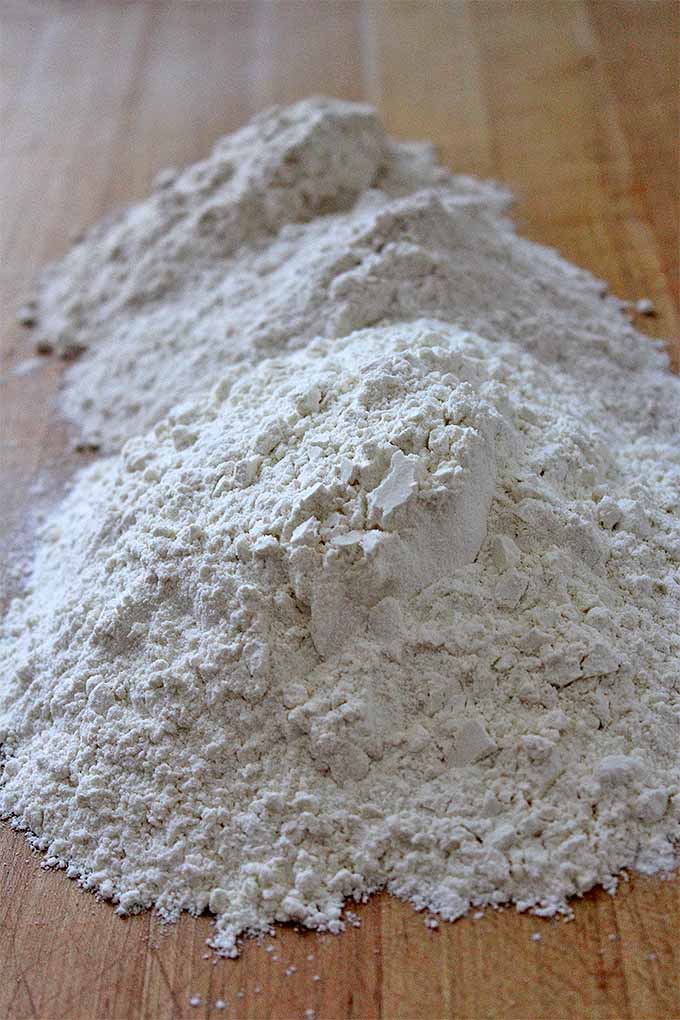
Maybe you don’t have any labeled specifically for bread making on hand, but you really want to make some dinner rolls. Could you put to use spelt, or barley, or rye?
There are so many different types of milled grains gracing grocery store shelves. And it can be difficult to know where to begin!
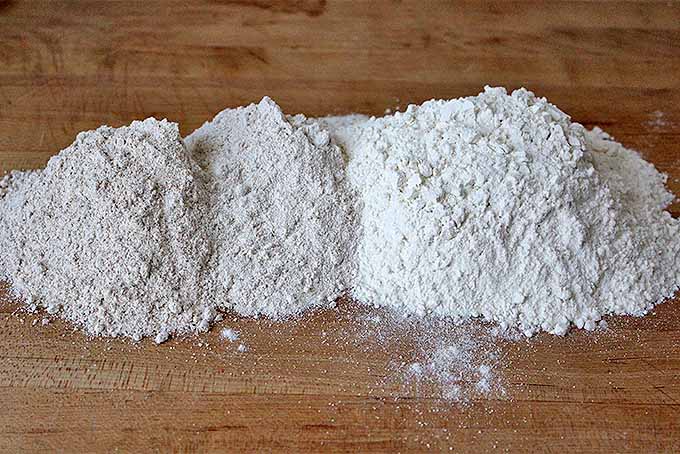
Don’t worry. We’re here to help you to decipher which grains will best suit your needs so you’ll never find yourself in a bind again.
In this helpful guide, we’ll cover a variety of grains, all of which can add great flavor and texture to homemade breads.
But don’t limit yourself to bread alone. It’s fun to test these in all types of baking – cookies, muffins, and biscuits, too!
Types of Flour in a Nutshell
And you can even grind your own at home using a small grain mill! These slower speed devices lock in more nutrients than higher speed commercial operations that heat up the grain and burn off a good portion of the vitamins and minerals that are good for you.
Home grain mills are available in electric and manual hand crank models.
Plus freshly ground tastes a whole lot better!
Wheat-Based
Wheat is by far the most common choice of grain for bakers.
It is easy to work with, not too sticky or gummy, and it develops gluten really nicely. It lends great structure and texture to a variety of baked goods.
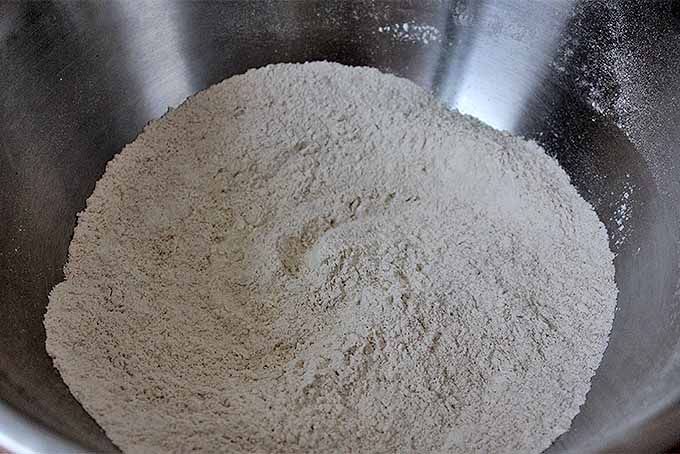
Flour is ground from the head of the grain, which is called the wheat berry. The berry is made up of three different parts: the endosperm, the germ, and the bran.
The endosperm is made up of starches and proteins, the germ contains fat, and the bran is primarily fiber.
I like to think of these three parts like an egg. The endosperm is much like the white, the germ like the yolk, and the bran like the shell.
Whole Wheat
This type of flour contains all three parts of the berry, making it high in fiber, flavor, and nutritional content.
There are two different varieties of wheat berries available – red or white. Both of these can be hard (i.e. high in protein) or soft (low in protein), depending on when they are planted.
Most varieties labeled “whole wheat” are ground from the red version, while anything referred to as “white whole wheat” is ground from the milder-flavored white berry.
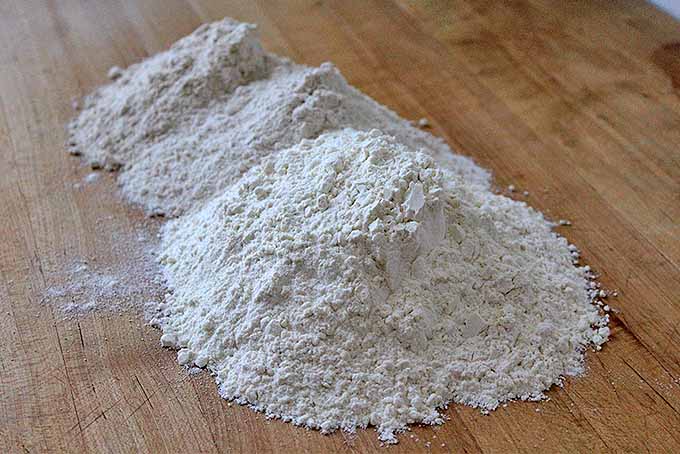
The presence of fat from the germ makes this variety of flour less shelf stable than other forms.
Additionally, the fiber adds a lot of bulk – meaning products made with primarily with the hefty whole grain will be denser than baked goods made with a white version.
Whole wheat is much more absorbent than its counterparts, making it tricky to substitute in baking. Follow our guide to whole grain baking for some suggestions on how to incorporate it into your baked goods without sacrificing texture.
All-Purpose
This is the most versatile type of wheat blend.
Unlike a whole grain blend, this flour is ground from the endosperm only. It is similar to cooking with an egg white: light and full of protein.
The two strands of proteins present in the grain are glutanin and gliadin, which bond together to form gluten.
This gluten provides structure to all kinds of baked goods and bread. But different baking applications perform better with different amounts of gluten.

All-purpose is made from a combination of hard and soft wheat, yielding a mid-range protein content. It can be used for everything from bread and cookies to cakes and pie.
It’s the ideal type of flour to have on hand if you like to make a range of products.
Bread
This is a variety of flour that is milled from the endosperm of hard wheat varieties, rendering a blend higher in protein than all-purpose.
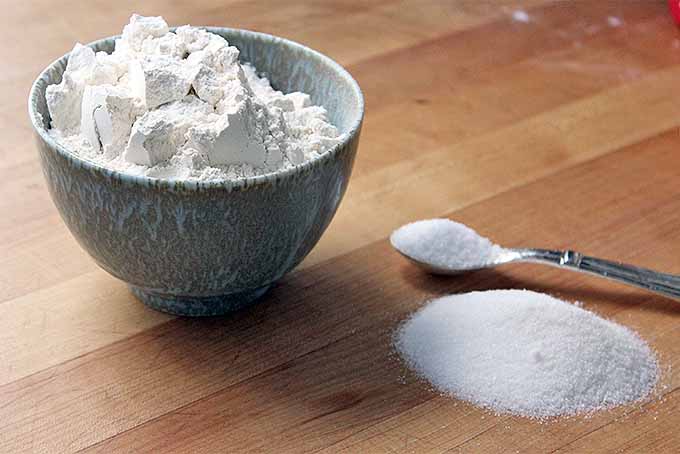
It is perfect for making bread, where gluten is essential to creating a strong dough with a nice chewy texture.
Pastry
This blend is milled from the endosperm of soft wheat to minimize the protein content.
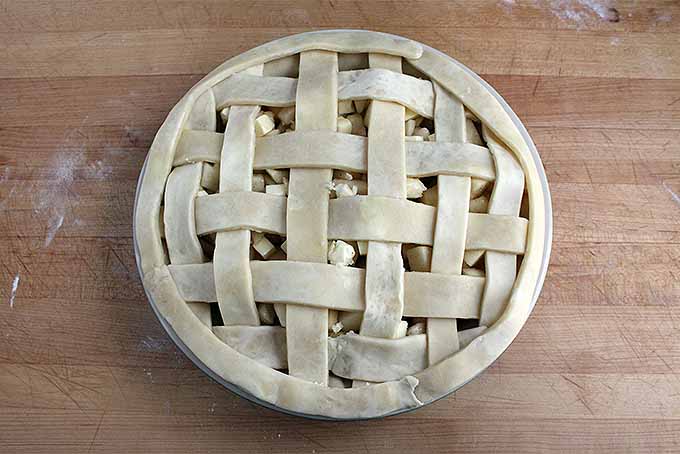
It is great for making tender baked goods that don’t rely on lots of gluten for structure. Think pie crust, biscuits, scones, and cookies.
Cake
This variety of flour, like pastry, is milled from a soft wheat variety yielding low protein levels.
It is ground ultra fine, then bleached in order to further weaken the gluten bonds and increase its capacity to absorb moisture. This gives it a better ability to rise in the oven, and to maintain moisture.
It’s the essential blend for making lofty, tender cakes.
Non-Wheat: Other Whole Grains
There are several great grains apart from wheat that are also delicious in baked goods, particularly bread.
The following all contain gluten, which means they can be substituted for part of the all-purpose, bread, or whole wheat flour in a recipe without significantly altering the texture.
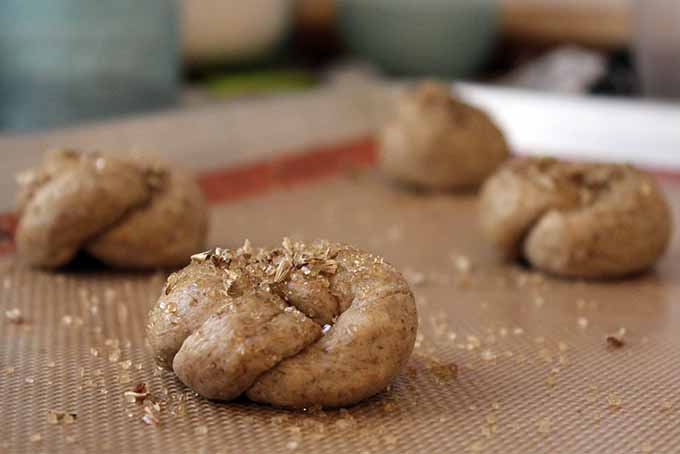
But the molecular makeup of gluten in these grains is slightly different than what you’ll find in wheat, making it difficult to bake anything using these grains alone.
I prefer to use around 30-40% of these whole grain flours when I make such a substitution. In a cookie that calls for 1 cup of all-purpose, I might try 1/3 spelt and 2/3 all-purpose instead.
Barley
This is one of my all-time favorite substitutions. The grain has a slightly sweet flavor to it.
Barley is in fact the most common grain used to make malt – that tasty ingredient found in a malted milkshake, and the starch that’s used to ferment beer.
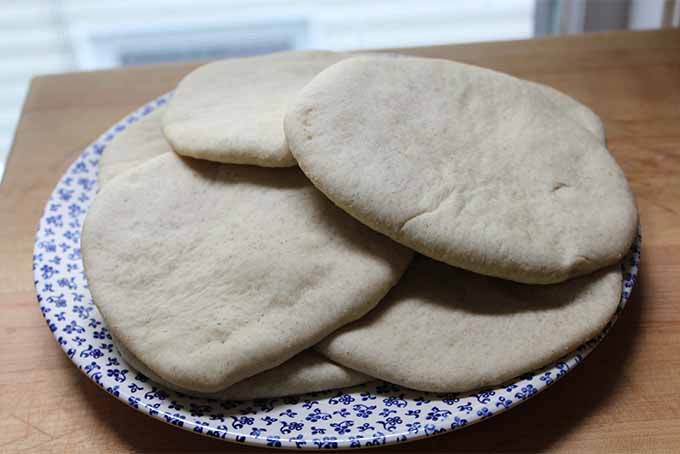
Rye
This type has a nice tangy flavor to it, and it works particularly well in breads that are made using a sourdough method. This is because it contains high portions of the enzyme amylase, which breaks down starches.
ome starch breakdown is necessary in breadmaking, but too much creates a gummy texture. The acidic quality of a sourdough slows the breakdown process, allowing for a full development of flavor without the gummy texture. Try our recipe for homemade rye bread.
Spelt
This grain is a member of the wheat family, though it is often used more like barley or rye. It has a nice nutty flavor, making it a great addition to all kinds of baked goods.
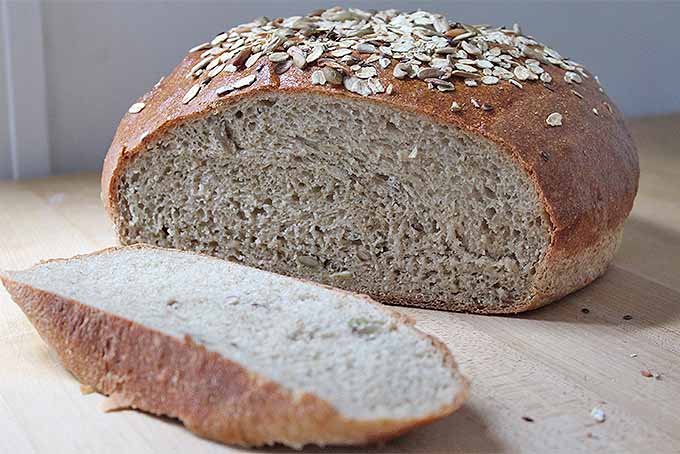
Ready, Set, Bake!
Now that you’ve familiarized yourself with this guide, you feel a bit more prepared to face the daunting baking aisle? You should! You are now equipped to mix up the contents of your favorite go-to recipes.
If you’re looking to venture into the world of gluten-free baking, the flour options are even more extensive.
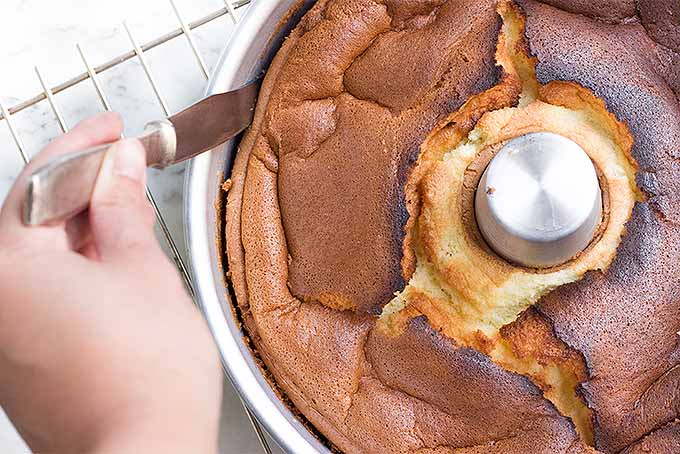
The best place to start exploring this whole new range of flours is to check out our guide to Gluten Free Cooking. It will walk you through the many types alternatives that exist (such as a garbanzo bean alternative), with suggestions for adapting your favorite recipes.
And you may also want to take a peek at what whole grains you can grind into a flour right at home!

What are your favorite ways to use different kinds of flour in your baking? Tell us about it in the comments below!
Don’t forget to Pin It!
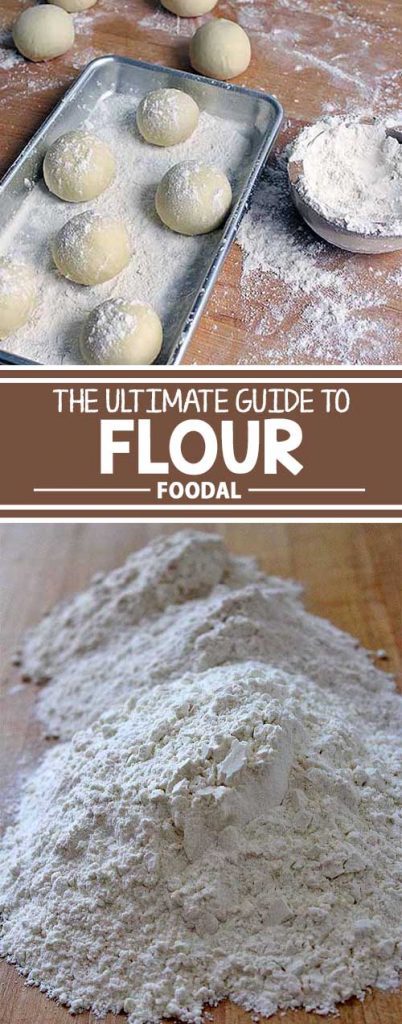
Sponge cake photo by Felicia Lim. All other photos by Kendall Vanderslice, © Ask the Experts, LLC. ALL RIGHTS RESERVED. See our TOS for more details. Uncredited photos: Shutterstock.
About Kendall Vanderslice
Kendall’s love of food has taken her around the world. From baking muffins on a ship in West Africa and milking cows with Tanzanian Maasai, to hunting down the finest apfelstrudel in Austria, she continually seeks to understand the global impact of food. Kendall holds a BA in Anthropology from Wheaton College and an MLA in Gastronomy from Boston University, and has worked in the pastry departments of many of Boston’s top kitchens. Based in Somerville, Massachusetts, Kendall helps to run a small community supported bread bakery and writes about the intersection of food, faith, and culture on her personal blog, A Vanderslice of the Sweet Life.


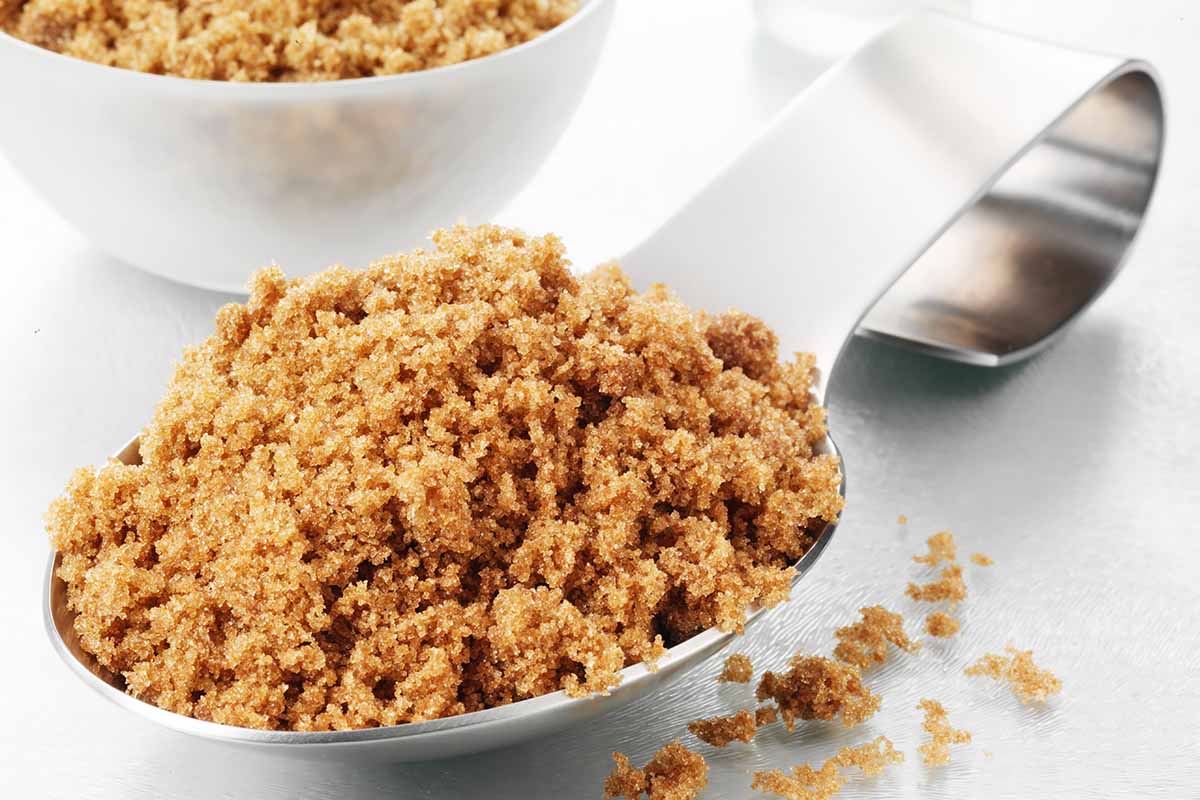
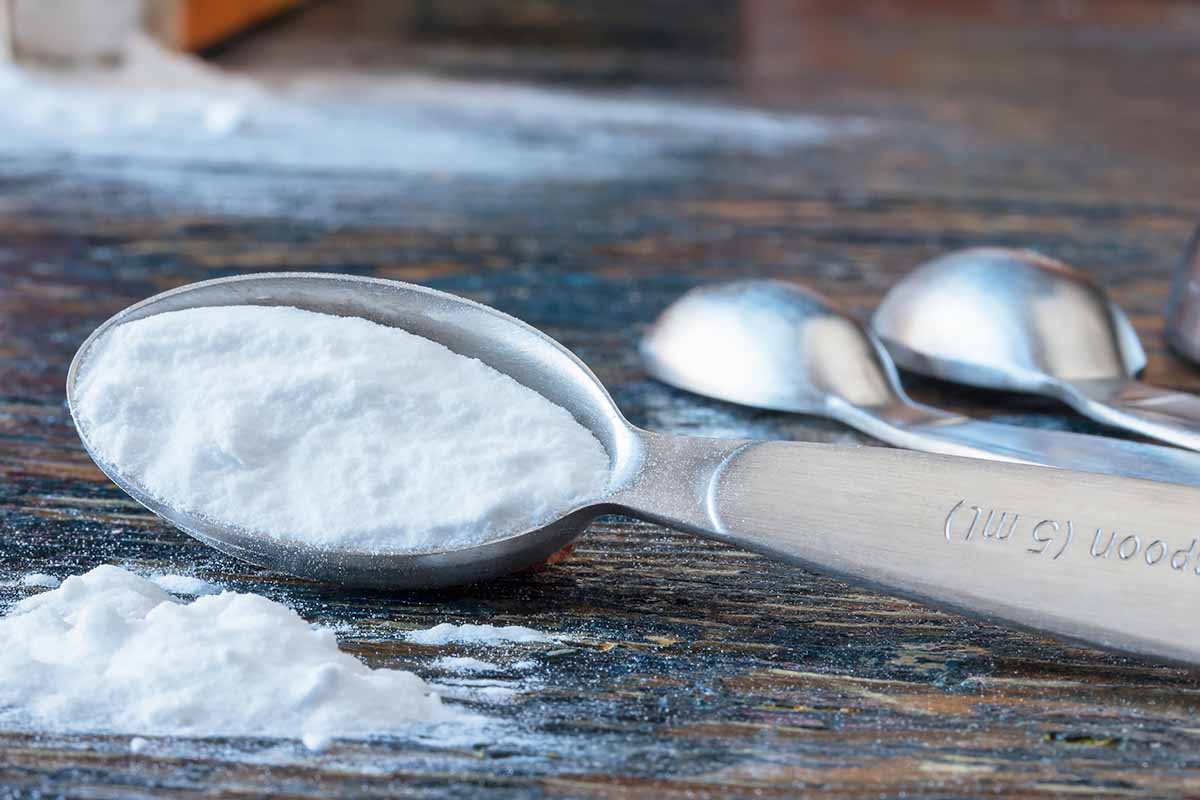
Hello! I really liked your post. Please share some more.